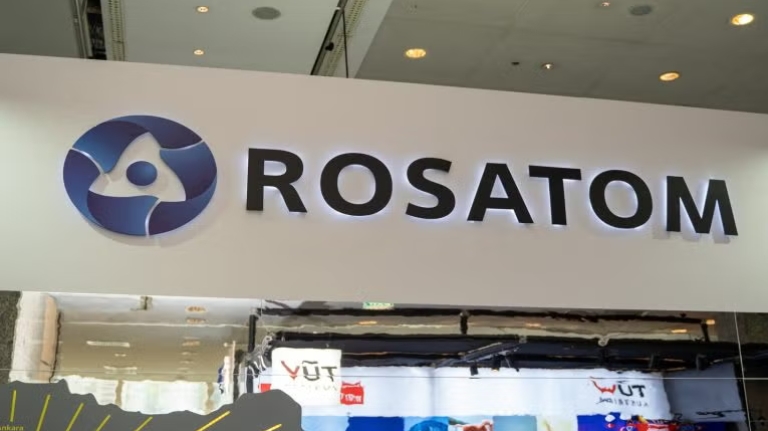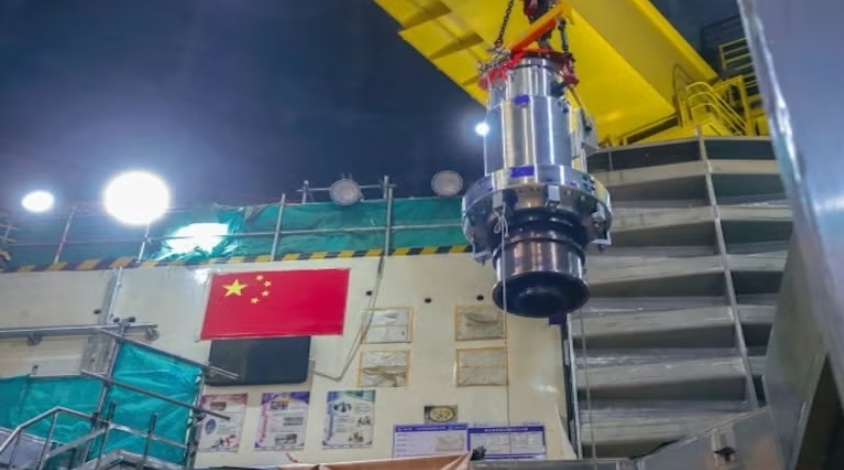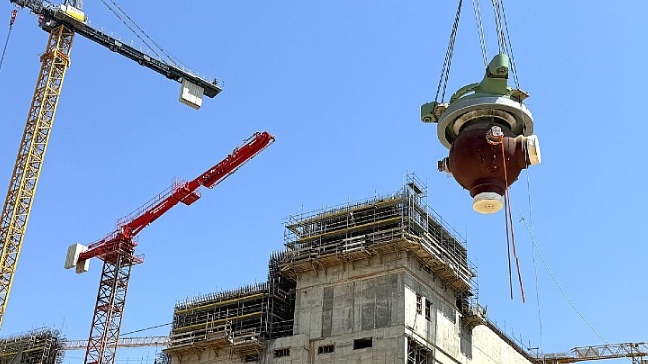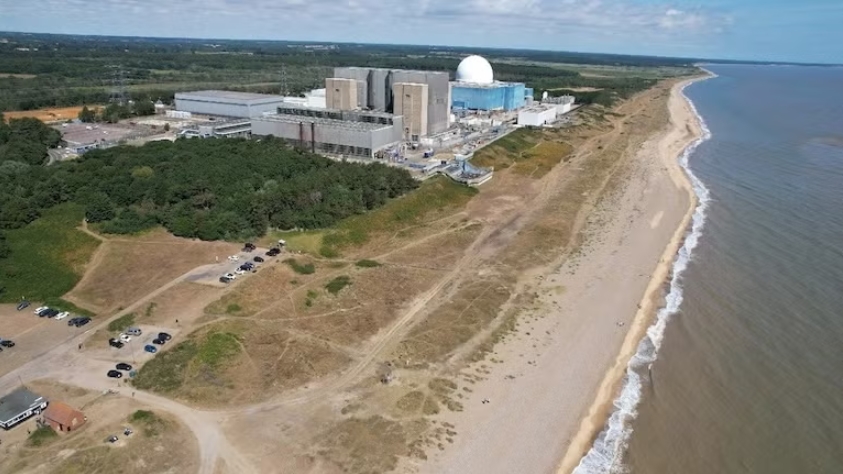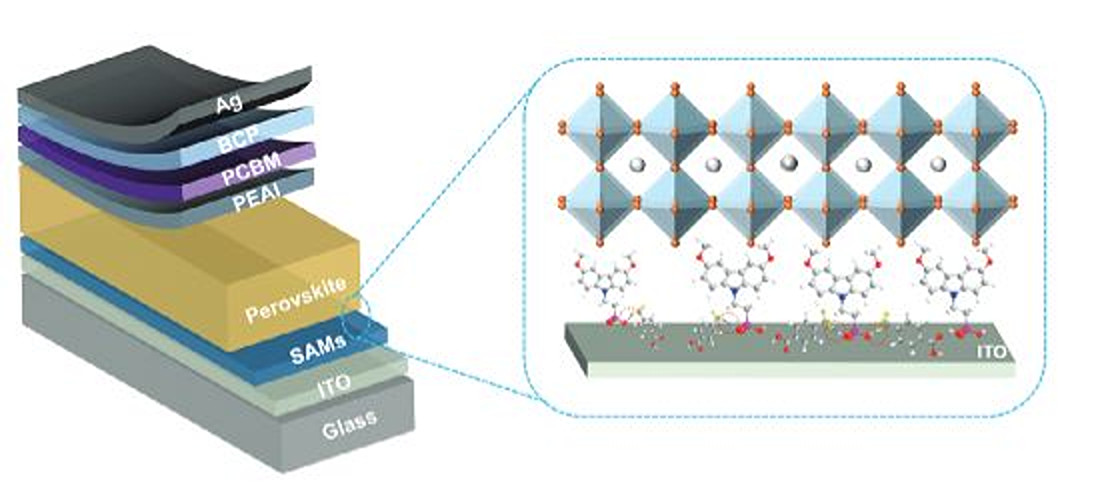
A group of researchers from China's Hangzhou Dianzi University has developed an inverted perovskite solar cell based on a hole transport layer (HTL) with a self-assembled monolayer (SAM) aimed at passivating defects and increasing efficiency.
Inverted perovskite cells have a device structure known as “p-i-n”, in which hole-selective contact p is at the bottom of intrinsic perovskite layer i with electron transport layer n at the top. Conventional halide perovskite cells have the same structure but reversed – a “n-i-p” layout. In n-i-p architecture, the solar cell is illuminated through the electron-transport layer (ETL) side; in the p-i-n structure, it is illuminated through the HTL surface.
“With the introduction of SAM, the photoelectric conversion efficiency of inverted perovskite solar cells is greatly improved as an HTL material, but clusters will be formed when SAM exceeds a certain concentration in solution,” the research's corresponding author, Yue Zhang, told pv magazine. “These cluster phenomena lead to weak binding between the phosphate anchoring group at the bottom of SAM and indium tin oxide (ITO), which greatly affects the coverage of SAM on ITO substrate, resulting in loss of carrier extraction efficiency.”
The scientists adopted a “co-assembled SAM (Co-SAM) strategy” consisting of selecting additive material to be mixed with a common SAM based on a layer of MeO-2PACz, which is also known as [2-(3,6-Dimethoxy-9H-carbazol-9-yl)ethyl]phosphonic acid. This strategy was chosen to achieve optimal SAM coverage.
The academics designed the cell with a substrate made of glass and indium tin oxide (ITO), the MeO-2PACz layer, the perovskite absorber, a layer based on phenethylammonium iodide (PEAI), an ETL based on phenyl-C61-butyric acid methyl ester (PCBM), a bathocuproine (BCP) buffer layer, and a silver (Ag) metal contact.
The group investigated the perovskite crystals by scanning electron microscopy (SEM), X-ray diffraction (XRD), and photoluminescence (PL), and found that the grain size of the perovskite treated with Co-SAM increased to a certain extent, with the hole phenomenon of the buried interface being suppressed, and the grain arrangement of the cross-section being more vertical. “These results may be attributed to improved SAM coverage,” Zhang said.
“We then measured the cell through Kelvin probe force microscopy (KPFM) and femtosecond (fs) transient absorption (TA) measurements and observed that the contact potential difference (CPD) of the films after Co-SAM treatment decreased, indicating that the increase of the work function was beneficial to better energy level matching, and thus increased the carrier transport rate,” he added.
Tested under standard illumination conditions, the cell achieved a power conversion efficiency of 23.31%, an open-circuit voltage of 1.18 V, a short-circuit current of 23.63 A, and a fill factor of 83.21%. For comparison, a benchmark device developed without the Co-SAM strategy achieved an efficiency of only 21.34%.
“And the maximum power point tracking, the efficiency can be maintained close to 90% under the lighting condition lasting 500 h,” Zhang stated.
The new solar cell design was introduced in the study “Reconstruction of Hole Transport Layer via Co-Self-Assembled Molecules for High-Performance Inverted Perovskite Solar Cells,” which was recently published in the scientific journal Nano Micro Small. “This study underscores the potential of Co-SAM for addressing challenges associated with SAM-based HTLs while simultaneously achieving high device performance and stability,” the scientists concluded.
